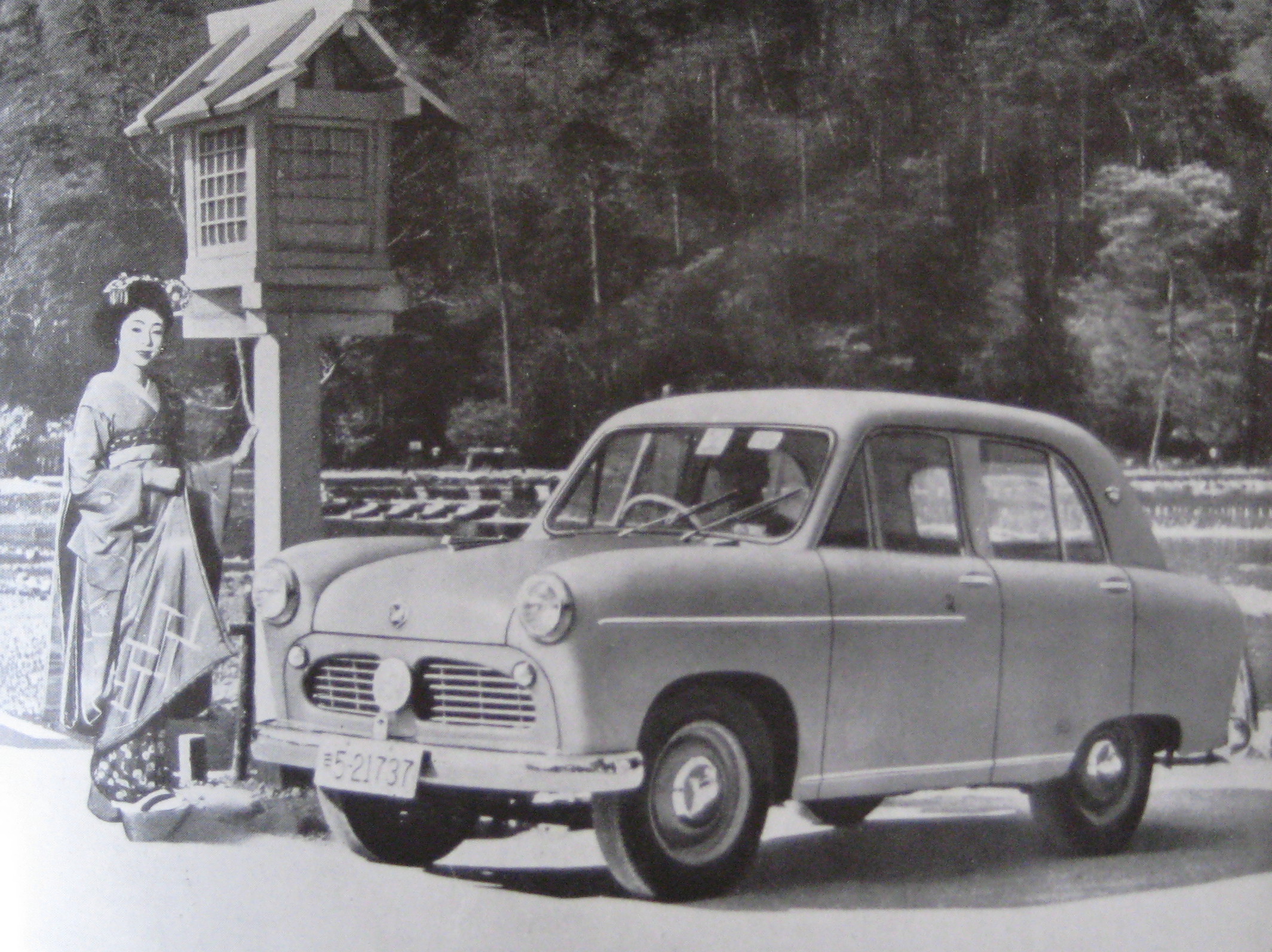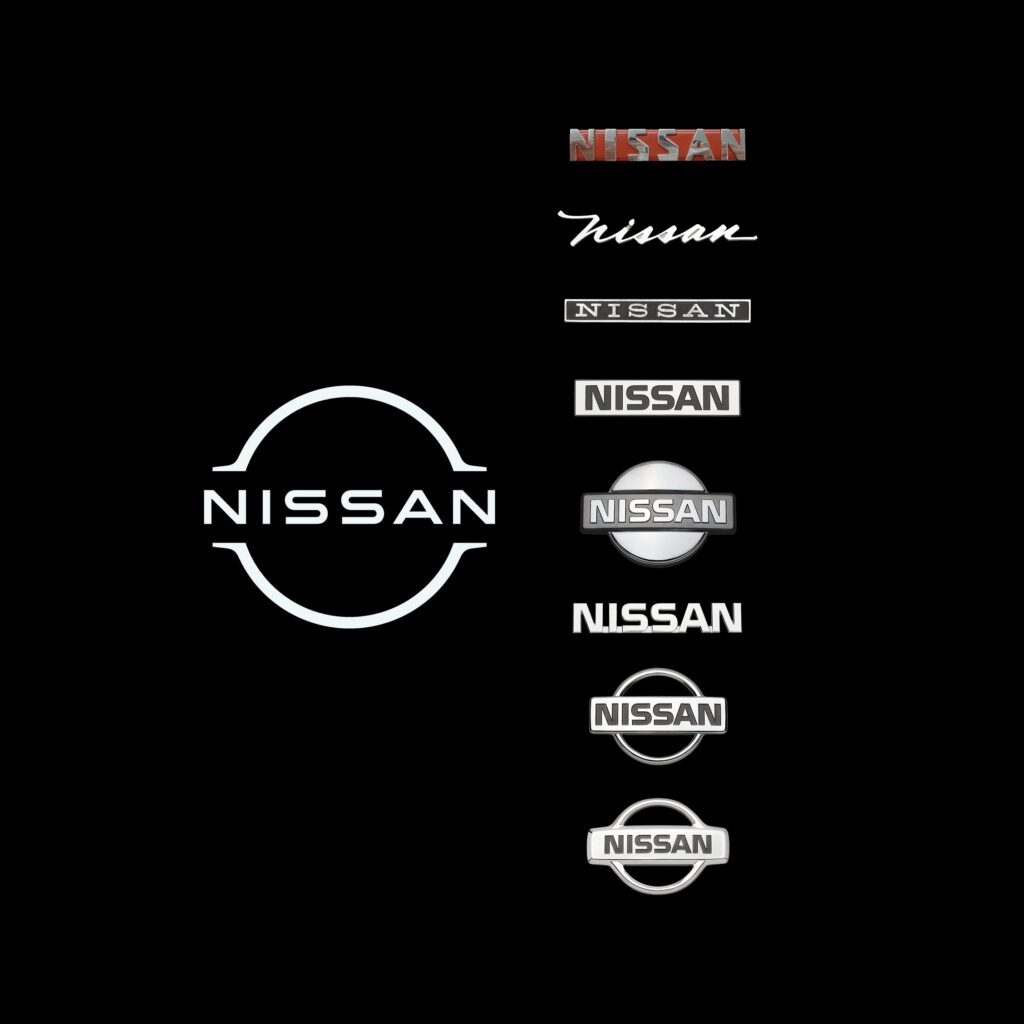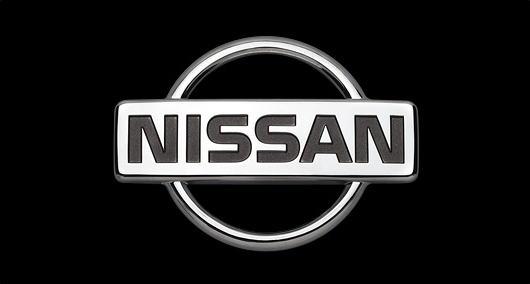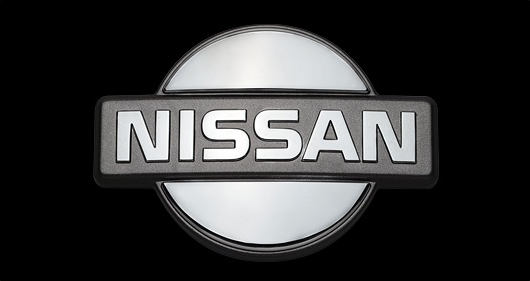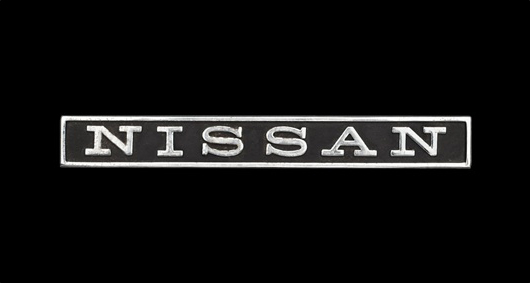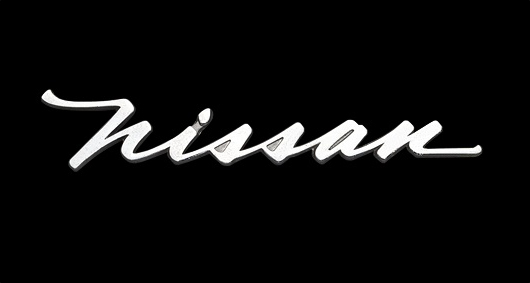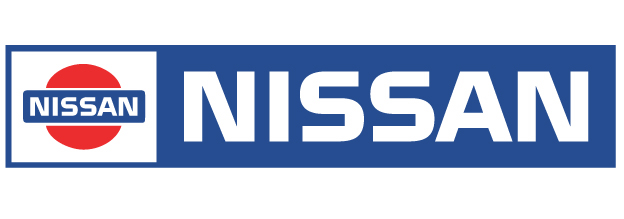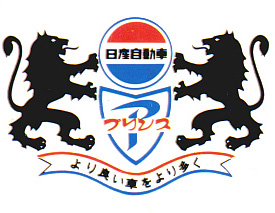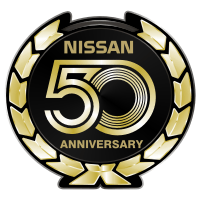Primarily dealing in foundries and auto parts, Nihon Sangyo debuted on the Tokyo Stock Exchange by its ticker name NISSAN in 1933. Nissan expanded beyond its Japanese roots from there, and officially came to the U.S. as Datsun in 1958.
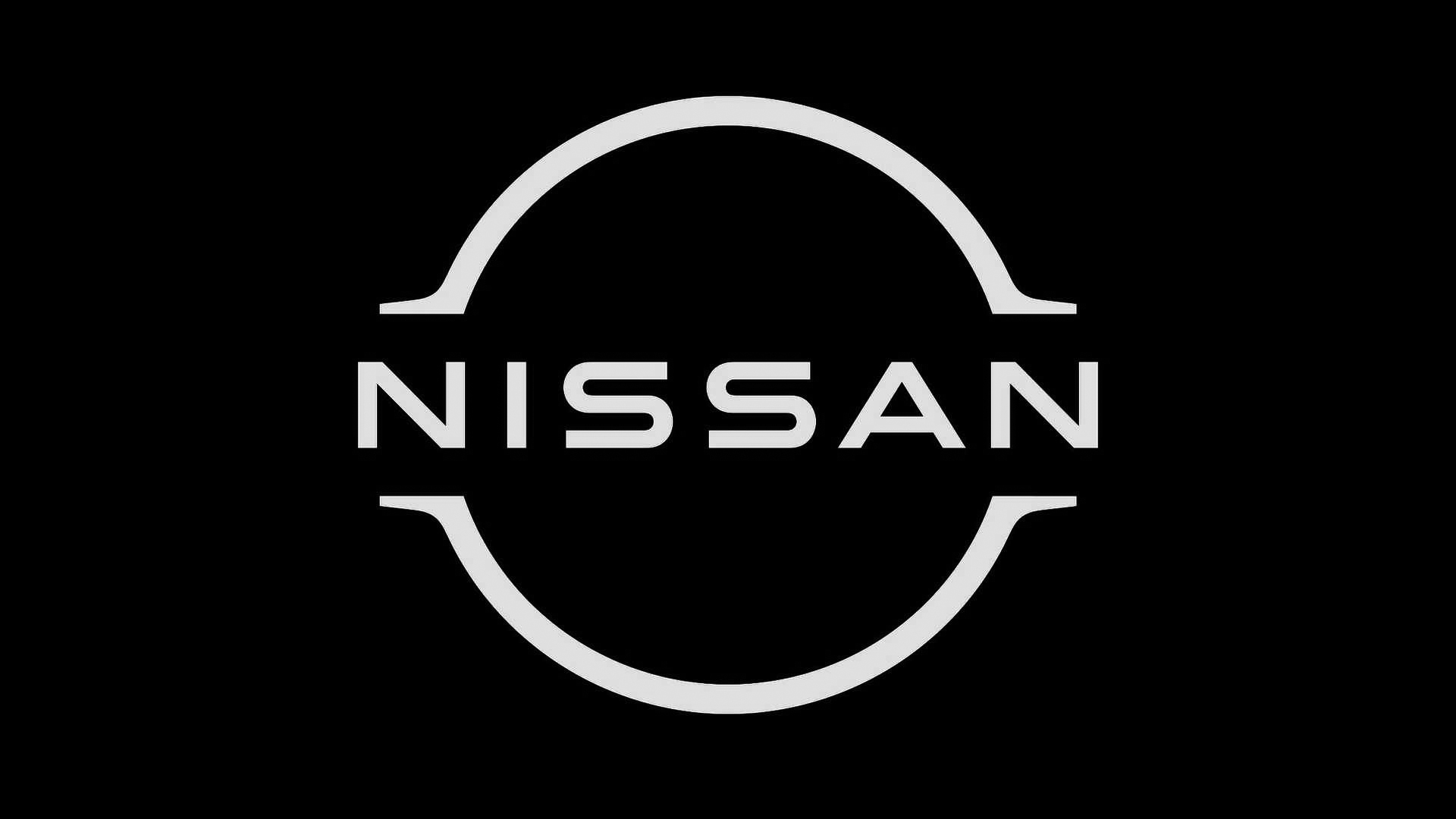
1914-1959: A Commitment to Innovation since the company’s founding in 1933.
Not only are Datsuns the first mass-produced Japanese vehicles, their unique automotive style makes a major impact on the U.S. market when Datsun sedans and compact pickups are first imported in the late ’50s.
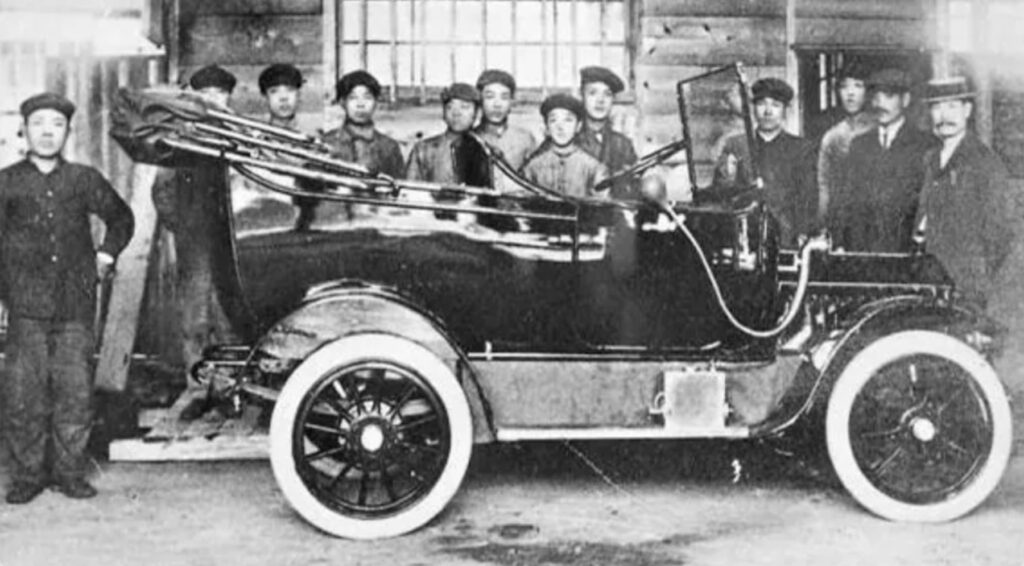
The Road from Japan to America.
Nissan produced its first cars at the flagship Nishi-ku, Yokohama headquarters in 1935. Nissan showcased its first Datsuns (a 1000 cc car and truck) at the 1959 Los Angeles Auto Show. To keep up with global demand, Nissan started production in Mexico in 1966. Production in Australia and Taiwan followed, with the first American factory opening in Smyrna, Tennessee, in 1983.
1960-1969.
Nissan Motor Corporation in U.S.A. (NMC) was established in Gardena, California. That same year, the SPL 201—Datsun’s very first sports car—was introduced. The sleek 4-seat roadster featured a fold-down soft-top, a “4 on the floor” transmission and a 48-hp engine. That would soon be replaced by a powerful 85-hp version.
In 1966, the first Japanese-owned production facility in North America, Nissan Mexicana manufactures its first vehicle.
Toward the end of this decade of change, Nissan built a strong reputation in both the American and the Japanese markets. The Datsun 2000 roadster, valued both for its style and performance, became synonymous with early Nissan design. Soon after, the Datsun Z changed the way people think of sports cars. The 24OZ comes to America in 1969. First unveiled at the Pierre Hotel in New York in October of 1969, the 240Z was an instant hit with media and enthusiasts alike.
1970-1979.
The 70s were a great decade for Nissan. Nissan sold the one-millionth Datsun and became the top vehicle importer in the United States by 1975.
In 1971, annual sales eclipsed 250,000 in the United States for the first time. Nissan also established itself on the track, as the now-legendary Datsun 510 and 240Z dominated racing on two continents; winning the SCCA Trans Am 2.5 Championship, the American Rally Championship and the treacherous East African Safari. In 1973, the 1-Millionth Vehicle is sold in America.
In 1975, Datsun becomes the top U.S. vehicle importer.
In 1979, Nissan Design America (NDA) was established in La Jolla, California, with a mandate to bring American style and concepts to Nissan vehicles. Over the years, NDA has brought us the original Altima®, the original Pathfinder®, the modular Pulsar NX, Xterra® and the Gobi pickup concept pictured here. Newer works include the TITAN, Kicks and the latest Altima and Maxima.
1980-1989.
In the ’80s, as manufacturers worldwide struggled to forge their identity, Nissan built upon its successes of the 1970s – both in the showrooms and on the racetrack. NIssan also built the first Nissan truck in the United States.
In 1980, Nissan Motor Manufacturing Corporation (NMMC) is established in Smyrna, Tennessee, to fulfill the growing demand for Nissan vehicles. North American manufacturing operations are now integrated under the umbrella of Nissan North America (NNA). In 1989, Nissan produced the 1-millionth vehicle on American soil, and started the Summer Institute for Historically Black Colleges and Universities.
On the track, Hollywood legend Paul Newman raced the Newman/Sharp Trans-Am 300ZX® to consecutive SCCA GT1 championships in 1985 and 1986, capturing Nissan’s 50th national SCCA championship in the process. It is victories like this one on the track that are the proving ground for NISMO, Nissan’s performance line.
1990-1999.
Nissan demonstrates its agility by retaining the Nissan heritage while moving in new directions.
In 1991, Nissan receives its first environmental award from the EPA, and takes a big leap forward in green technology by lending its Alternative Fuel Vehicle to a California testing program and introducing the Future Electric Vehicle concept car. In 1997, Nissan is named “Best of the Best” by the Environmental Protection Agency, and Nissan Smyrna is lauded as the most productive plant in North America in “The Harbour Report” for a fourth consecutive year.
In 1992, the 2-millionth Nissan Sentra was sold in the United States in 1992, and the very first Altima rolled off the assembly line at the Nissan manufacturing facility in Smyrna, Tennessee. In 1993 Nissan celebrated 10 years of manufacturing in the United States. That year, the NNA Smyrna-built Altima was topping the list in new nameplate sales, and the 1-millionth Maxima was sold.
200-2009.
Nissan has nearly doubled the number of models offered and nearly doubled its sales. In 10 years, the diverse lineup has grown to include Nissan’s first full-sized truck, all-new hybrid technology and a 21st-Century supercar. And this is only the beginning of what’s to come.
After a six-year absence, the legendary Nissan Z returned to prominence in 2002 with the introduction of the widely acclaimed Nissan 350Z®. Under the hood was a lively 3.5-liter V6 pumped out 287 horsepower, a number that would increase every year it was in production. In 2009, the 350Z® was replaced by the more powerful 370Z®, the fastest Nissan Z ever produced.
The first full-size Nissan truck, the TITAN®, debuted in 2003 as a 2004 model. Today, the V8-powered pickup is available with a King Cab or a Crew Cab. In 2007, Next-generation technology thrived with Maxima, Altima, Sentra, Quest, Versa Hatchback and Versa Sedan.
2010-2020.
Nissan helped to lead the automotive industry into the age of electric vehicles when it debuted the all-electric Nissan LEAF® and throughout the decade continues its tradition of innovation that excites with all new vehicles like the Nissan Kicks and safety technology like its available Safety Shield® 360 suite of features.
(source: Nissan).
